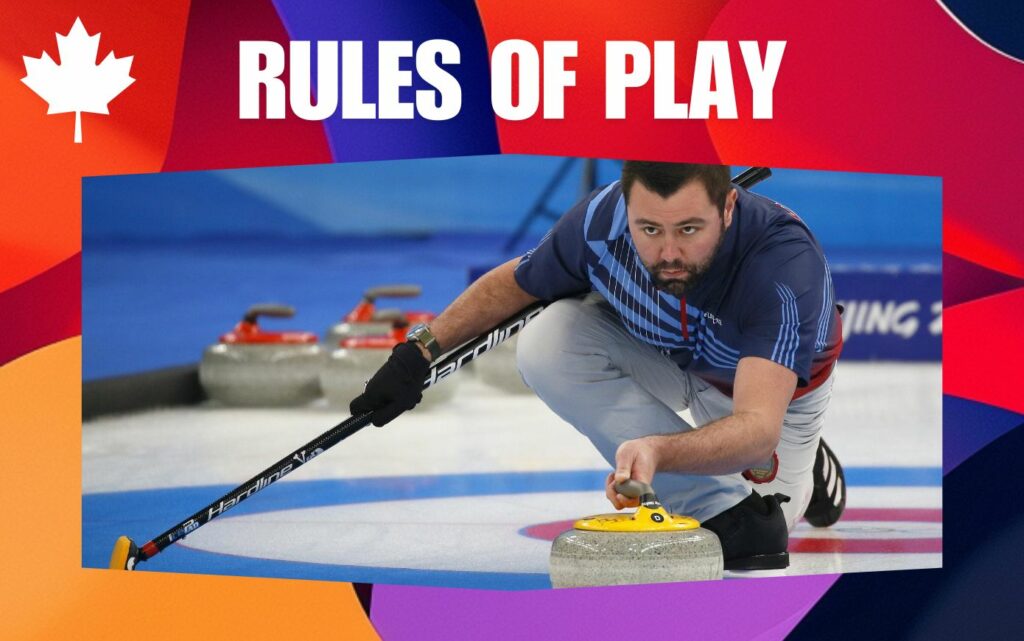Curling, often referred to as “chess on ice,” is a team sport played on ice where players slide stones toward a target area segmented into four concentric circles. Here is an overview of the key rules and regulations that govern the game of curling.
Objective of the Game
The primary objective in curling is to score points by having stones closer to the center of the house (target area) than the opponent’s stones after all the stones have been played in an end (similar to an inning in baseball). The team with the most points after a set number of ends wins the game.
The Playing Surface
The curling game is played on a rectangular sheet of ice. Key components of the playing surface include:
- The Sheet: The ice surface is 146 to 150 feet long and 14.5 to 16.5 feet wide.
- The House: The target area, known as the house, is a set of concentric circles with a diameter of 12 feet, with the center being called the button.
Teams and Stones
- Teams: Each curling team consists of four players: the lead, second, third (vice-skip), and the skip.
- Stones: Each team has eight stones, each weighing approximately 42 pounds, which are delivered alternately by players from each team.
Gameplay and Turns
- End: A game is typically made up of eight or ten ends. In each end, both teams deliver eight stones.
- Delivery: Players deliver the stones from the hack (a starting block) to the house at the other end of the sheet.
- Sweeping: Players sweep the ice in front of the sliding stone to influence its speed and trajectory.
Scoring
- Points: Points are scored after all stones have been delivered in an end. A team scores one point for each stone that is closer to the button than any of the opponent’s stones.
- Blank End: If no stones are in the house at the end of an end, it is called a blank end, and no points are scored.
Rules of Play

- Free Guard Zone Rule: Stones that are positioned between the hog line and the house (in the free guard zone) cannot be removed by the opposing team until the first four stones of the end have been played.
- Fouls: If a stone is touched by a player or any equipment while in motion, it is removed from play.
- Burned Stones: Stones that are unintentionally moved by a player before coming to rest are replaced to their original positions at the discretion of the non-offending team’s skip.
Strategy and Positions
- Skip: The skip is the team captain and is responsible for strategy and directing the play.
- Lead, Second, and Third: Each player has specific roles in delivering stones and sweeping. The lead delivers the first two stones, followed by the second, third, and finally, the skip.
Sportsmanship and Fair Play
Curling is known for its emphasis on sportsmanship and etiquette. Players are expected to conduct themselves with respect for their opponents and the spirit of the game. For instance, conceding a game when it is clear that one team cannot win is common practice.
Curling is a strategic and skillful sport that combines precision, teamwork, and sportsmanship. Understanding the rules helps appreciate the depth and complexity of this unique and captivating game.
For more detailed rules and updates on curling regulations, refer to the official World Curling Federation (WCF) website.

